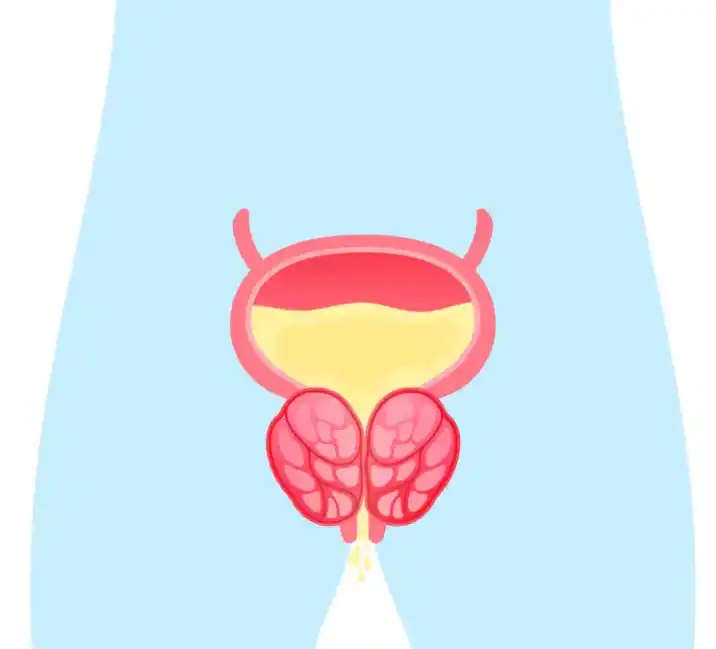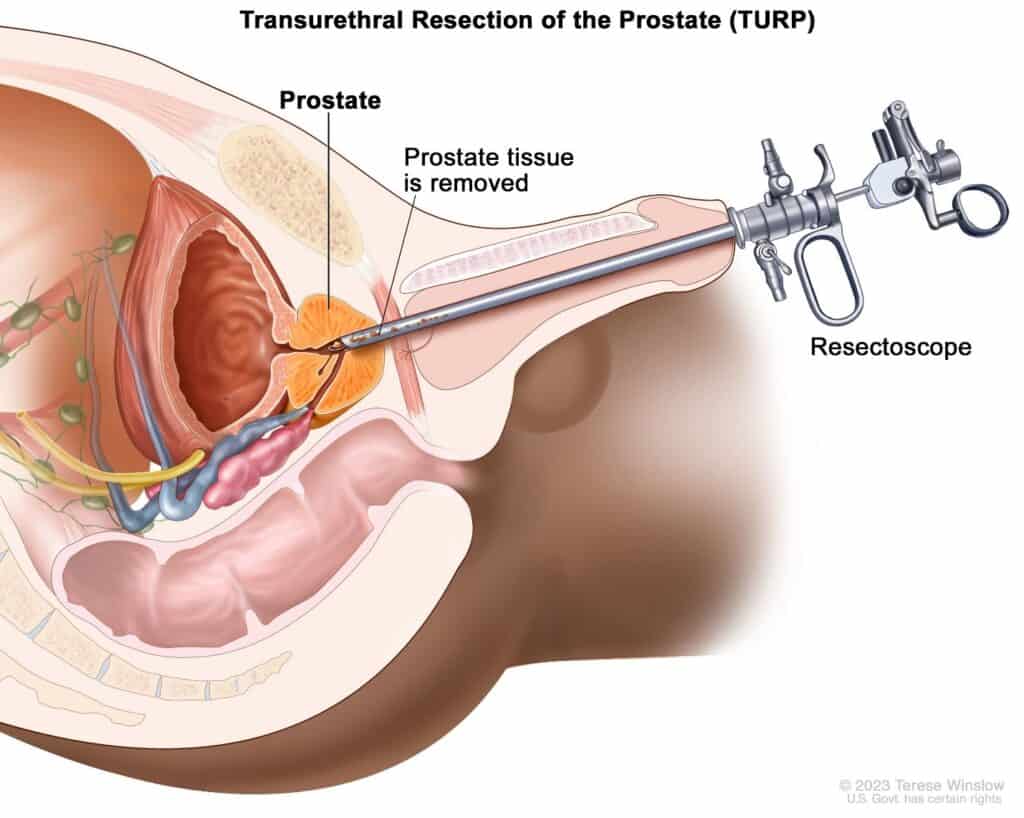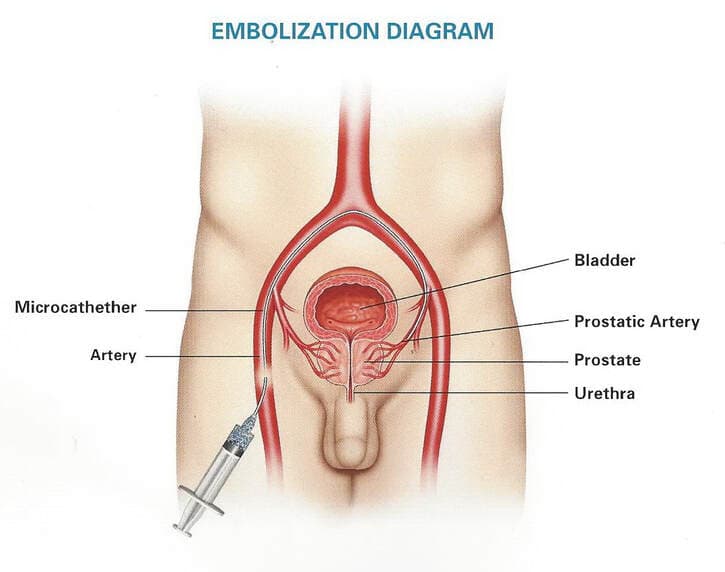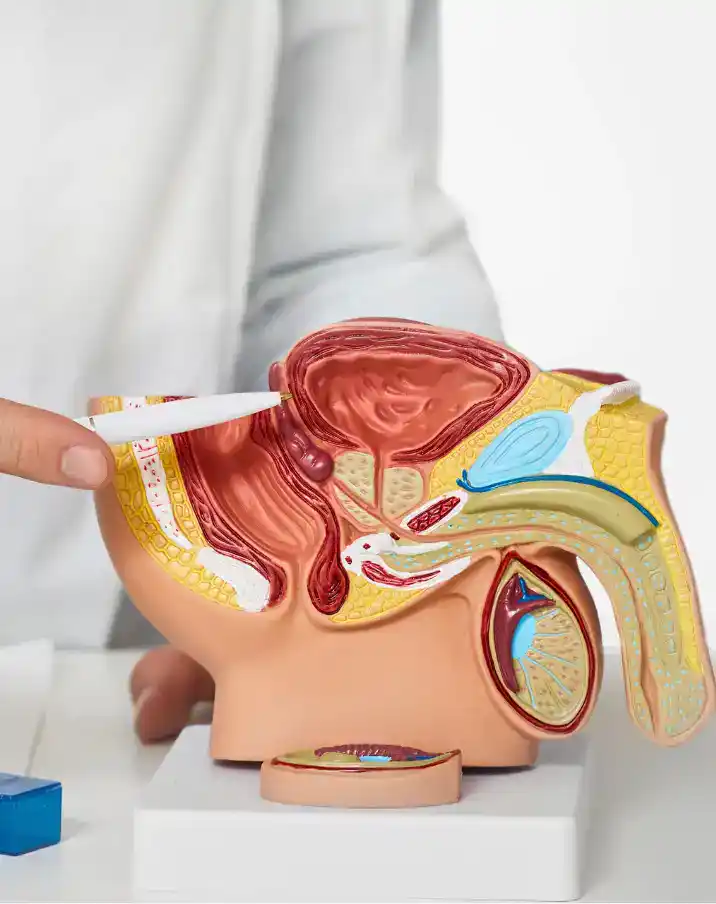You Have Options, Including Non-Surgical Ones
Traditionally, enlarged prostates have been managed through:
Lifestyle modifications
To monitor symptoms
To monitor symptoms
Medication
To manage symptoms temporarily
To manage symptoms temporarily
Surgical options
TURP: surgically cut away excess prostate tissue
PUL: small implants placed to decompress the urethra
TURP: surgically cut away excess prostate tissue
PUL: small implants placed to decompress the urethra






